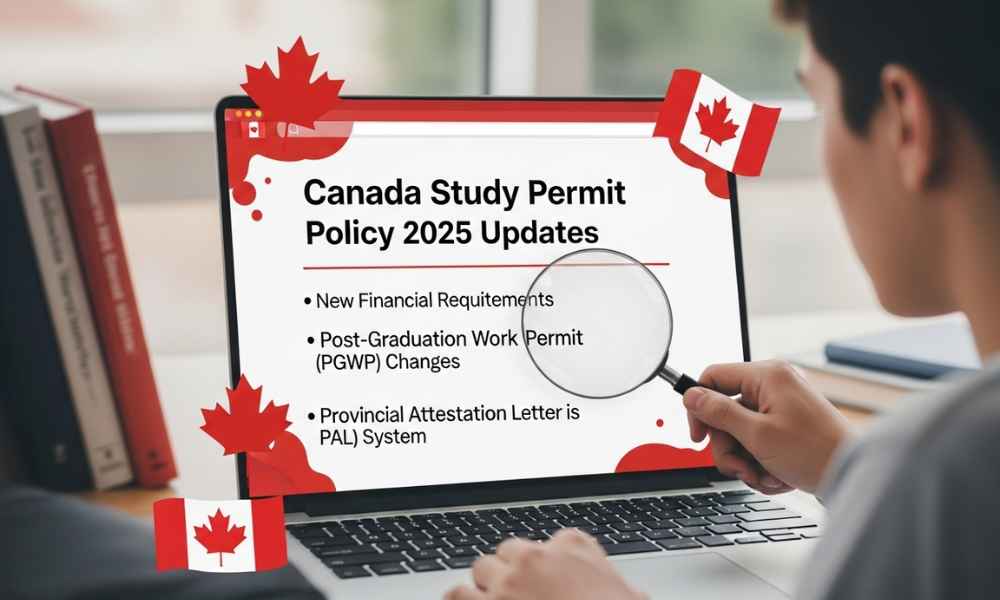The latest updates on **Canada study abroad policies for 2025** show that the landscape for international education has entered a whole new era, demanding more strategic preparation and continuous information updates than ever before. The significant changes introduced by the Canadian government in early 2024 have now become official “rules of the game,” deeply impacting the plans of thousands of Vietnamese international students. What are the hottest points you need to grasp today?
This article will summarize and deeply analyze the 5 hottest points, helping parents and students gain a clear understanding to make informed decisions for upcoming intakes.

This is no longer a draft but a core regulation. The federal government’s imposition of a limit on the number of study permits and the delegation of allocation authority to the provinces through the Provincial Attestation Letter (PAL) has created a more competitive environment. The goal of this policy is to better manage the number of international students, ensuring the quality of services and infrastructure in local areas.
The current process is: Student receives Letter of Acceptance (LOA) -> Institution requests PAL from the province -> Institution sends PAL to the student -> Student submits PAL with visa application. You can find official information on this requirement on the Government of Canada website.
This is the hottest and most anticipated point in the **Canada study abroad policy for 2025**. The government is finalizing a framework for evaluating Designated Learning Institutions (DLIs) to create a two-tiered system. “Trusted Institutions” will be those that demonstrate a comprehensive ability to support international students, based on criteria such as: providing accommodation, mental health services, employment support, and having a high compliance rate. Students applying to institutions in this group will enjoy significant advantages, notably **significantly faster visa processing times**.
The increased financial requirement for living expenses (up to **20,635 CAD**, not including tuition fees) has become the standard. This amount will continue to be adjusted annually for inflation. This ensures that students have sufficient financial means to cover their living costs, avoiding hardship. Families need to prepare a strong, transparent financial application with clear sources. Do not underestimate this step, as it is one of the most crucial factors in convincing the visa officer.
After months of discussion, the Canadian government has officially confirmed the new regulation: **a maximum of 24 hours/week** of off-campus work during regular academic sessions and **full-time** during scheduled breaks. The purpose of this limit is to ensure students prioritize their studies. Strict adherence to this regulation is very important, as working over the allowed hours can severely impact visa status and future PGWP opportunities.
Changes to the PGWP require students to choose their study programs more intelligently. The good news is that students graduating from Master’s programs (even those less than 2 years) are now eligible for a 3-year PGWP. However, students graduating from public-private partnership programs (PPPs) are **no longer eligible** for a PGWP. Therefore, thoroughly checking the DLI status and PGWP eligibility conditions of your intended program is an indispensable step.
Given these changes, international students need a more proactive and strategic plan:
The landscape of **Canada study abroad policy 2025** has become clearer: more competitive, more structured, and demanding more strategic preparation. The Canadian government is not closing its doors, but is seeking genuinely serious international students with clear plans and who choose programs that align with the country’s needs. By understanding these changes and having a well-structured roadmap, your dream of studying and immigrating to Canada remains entirely within reach.